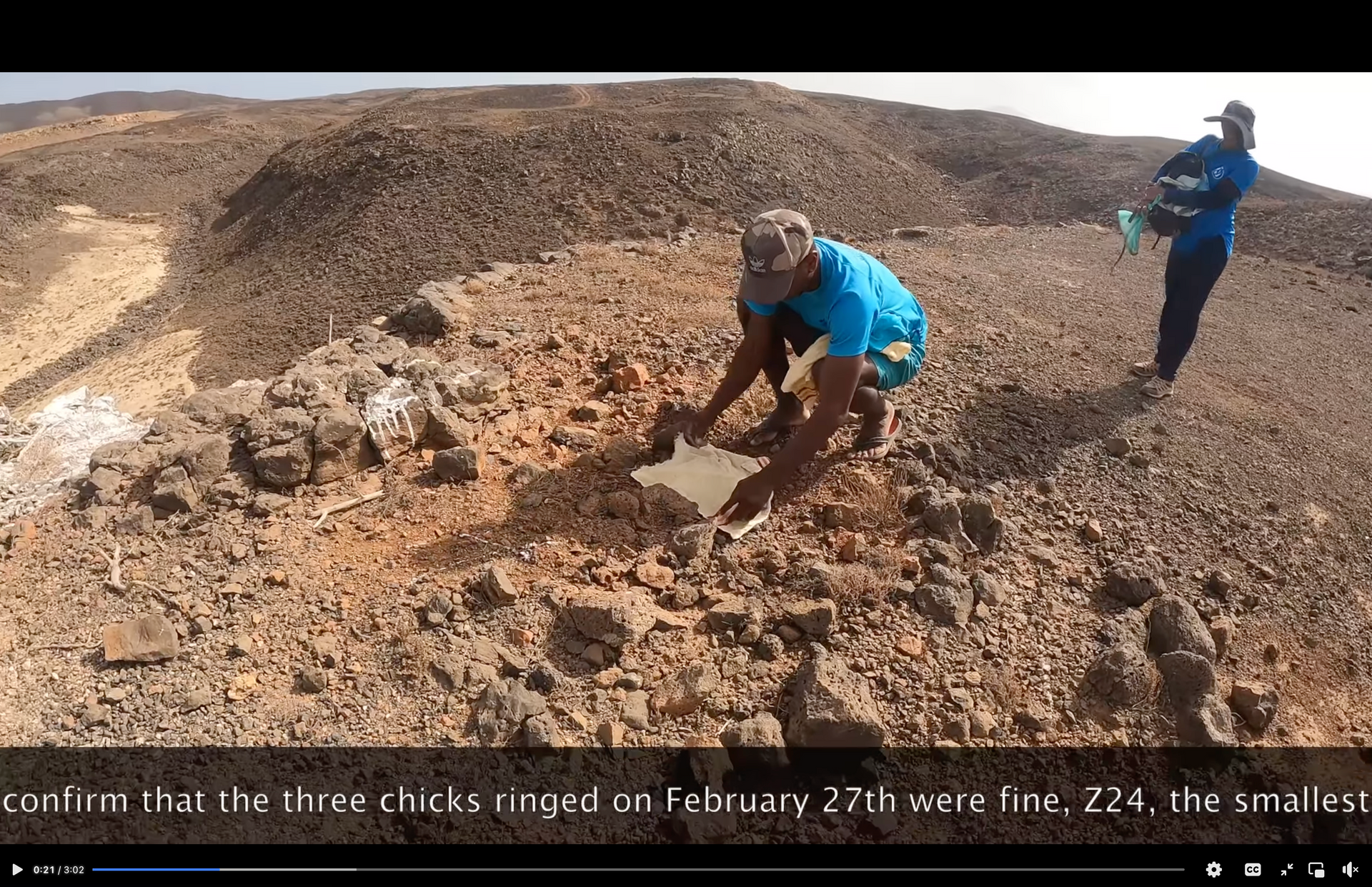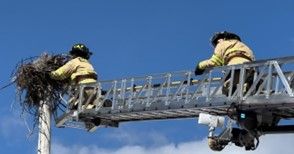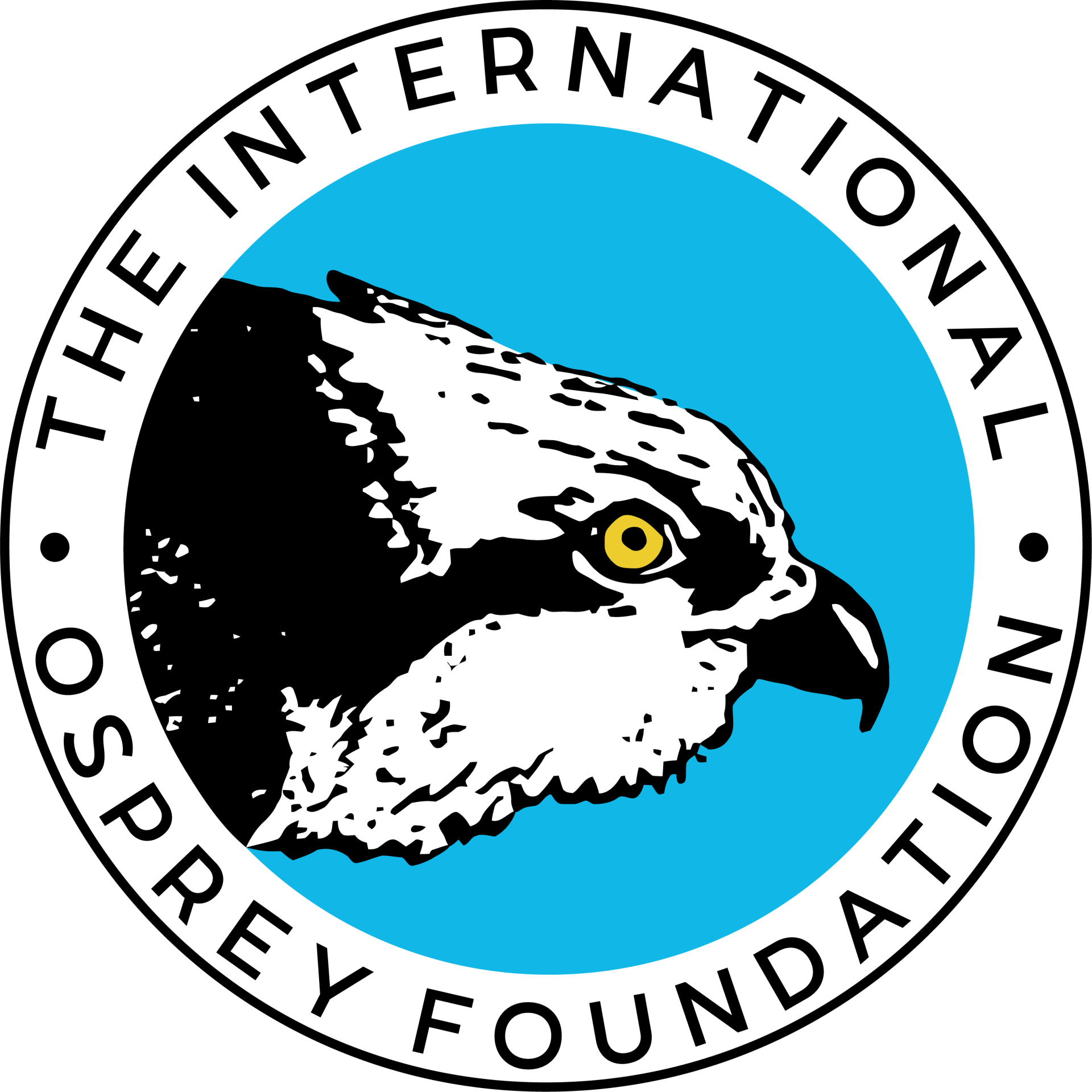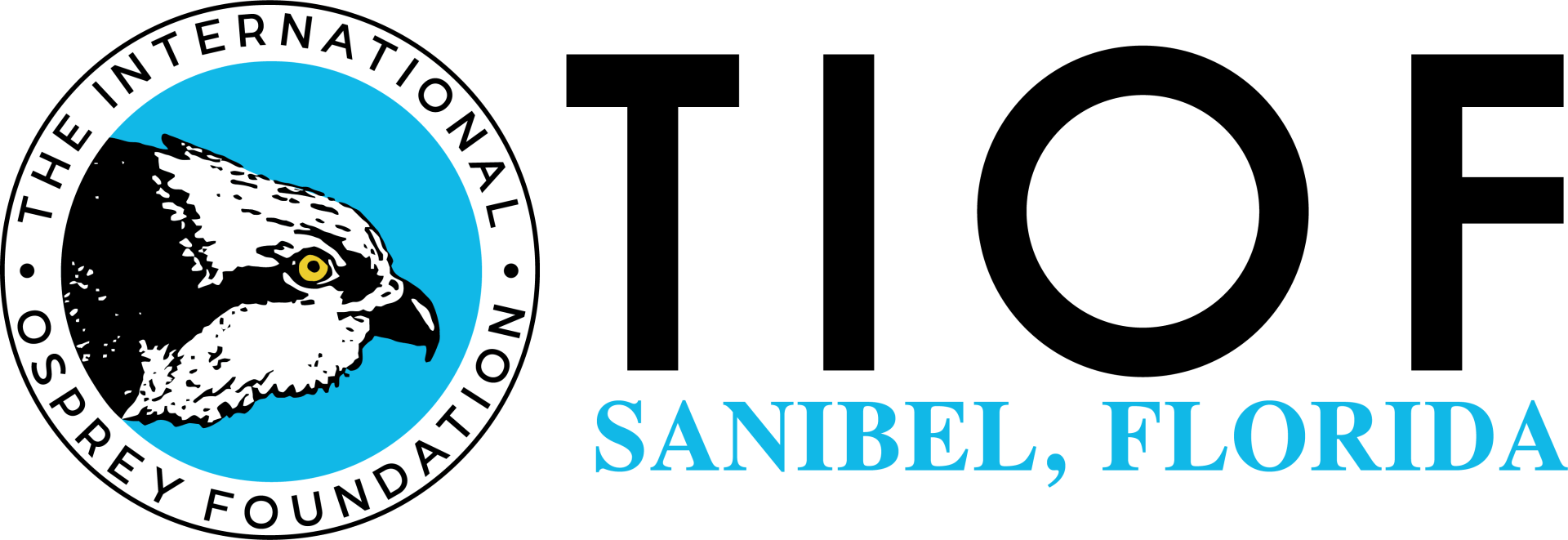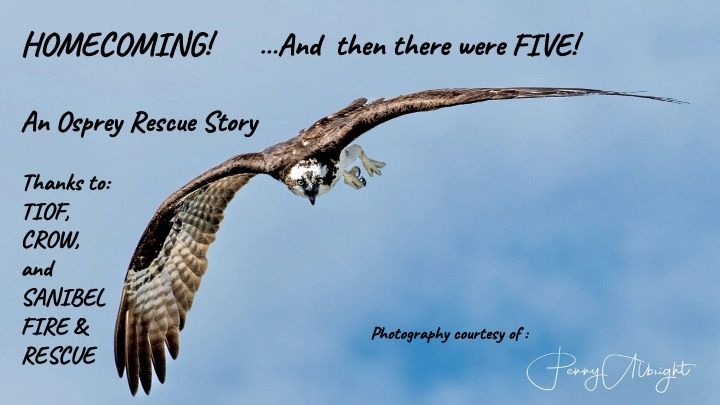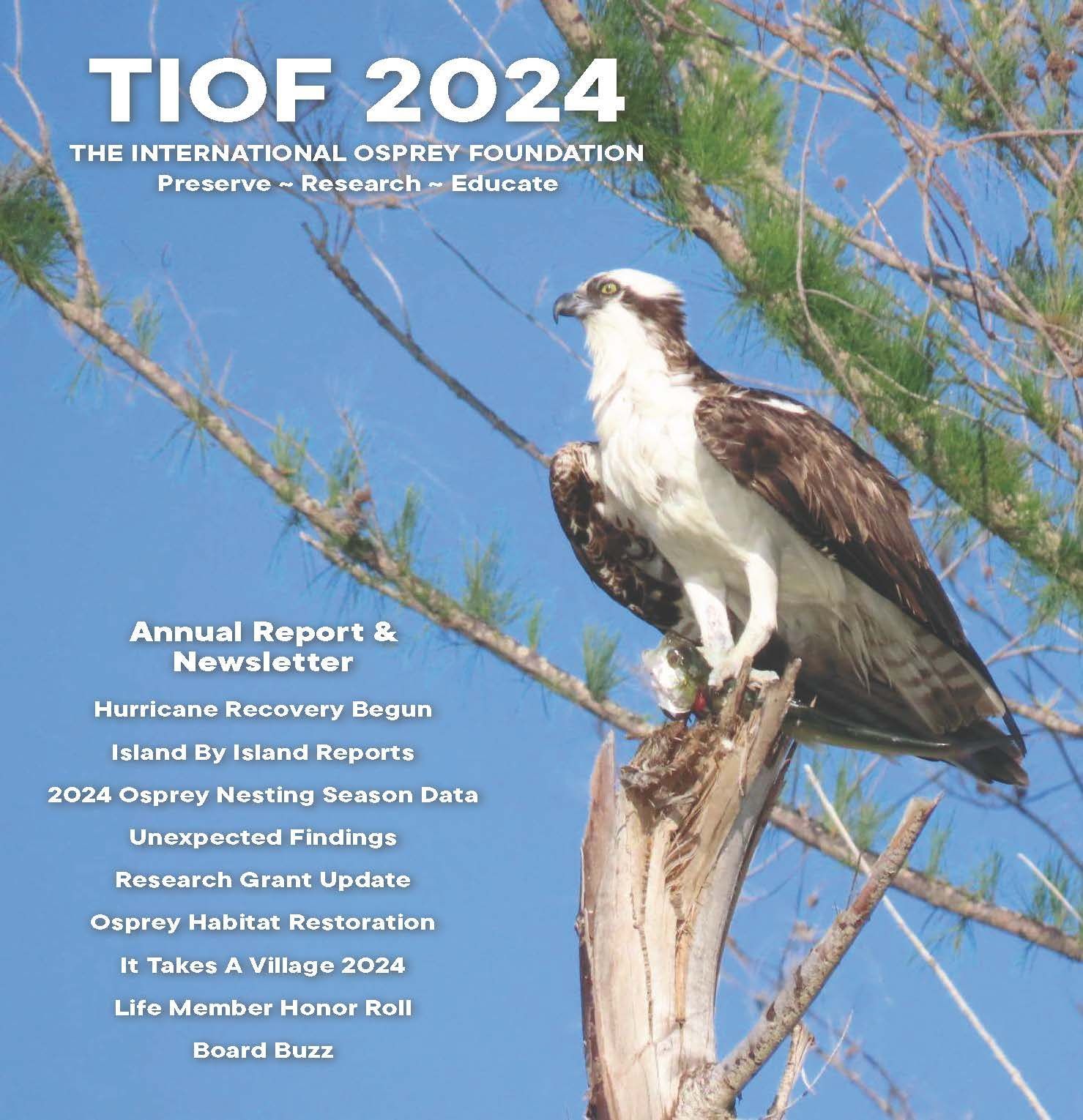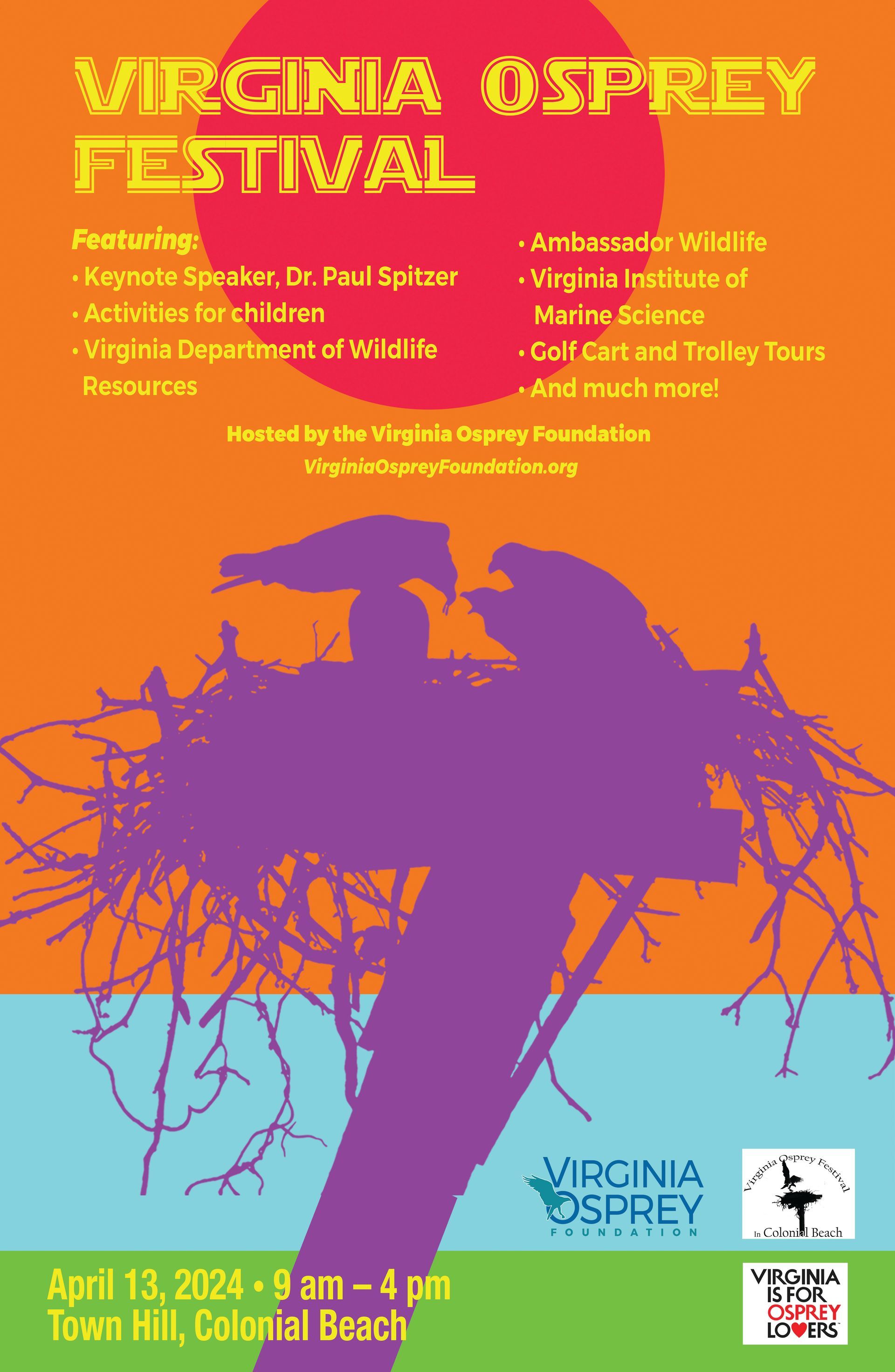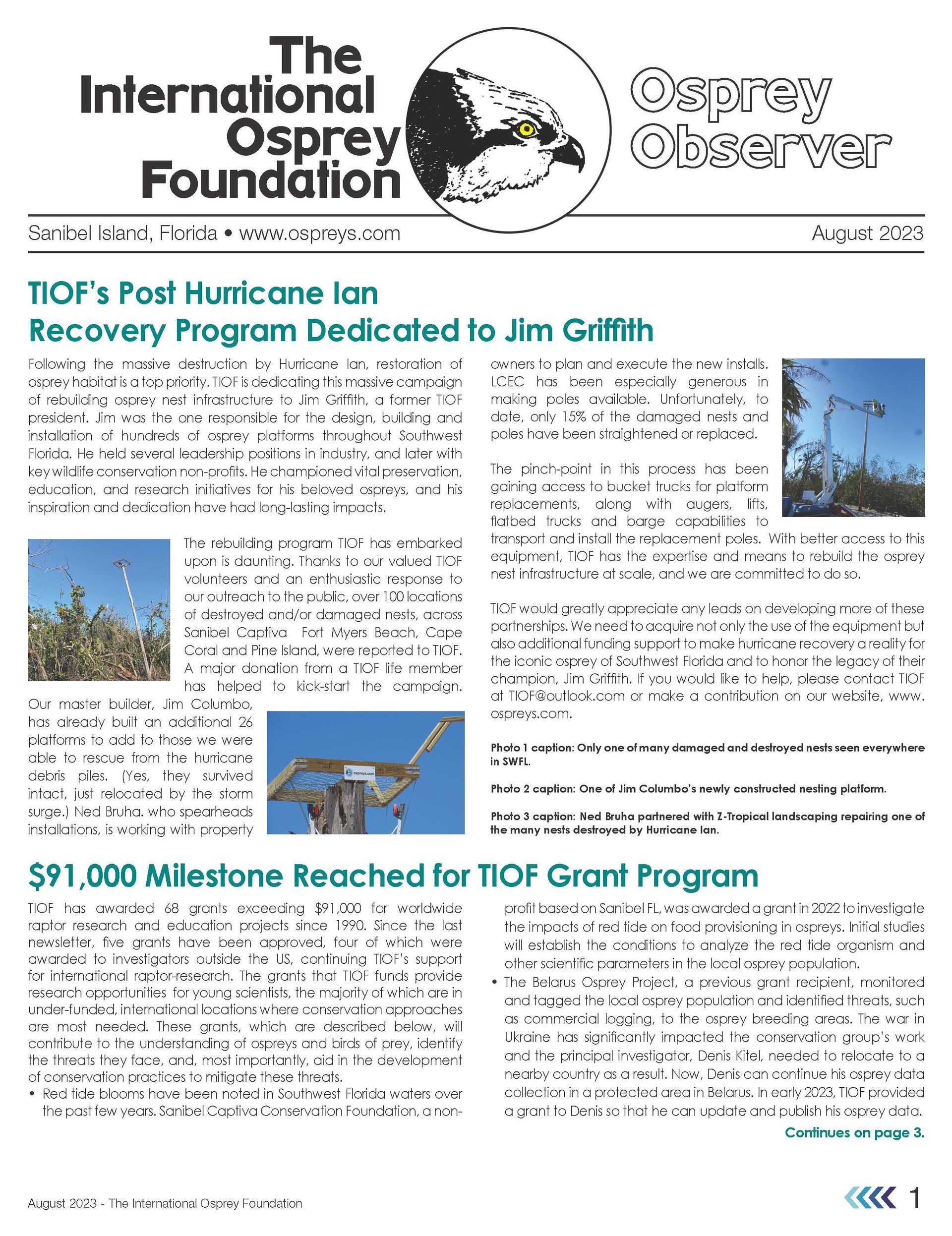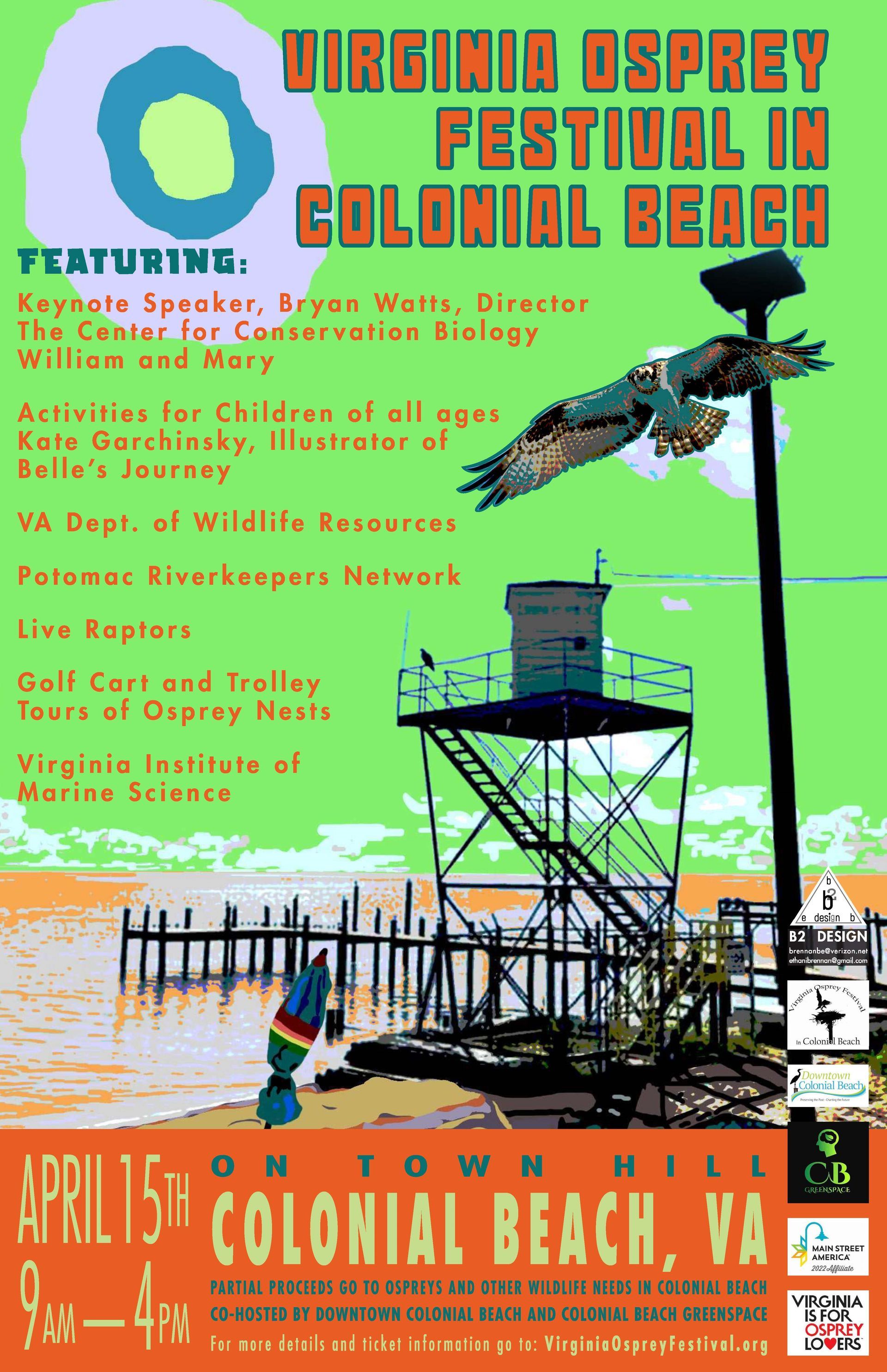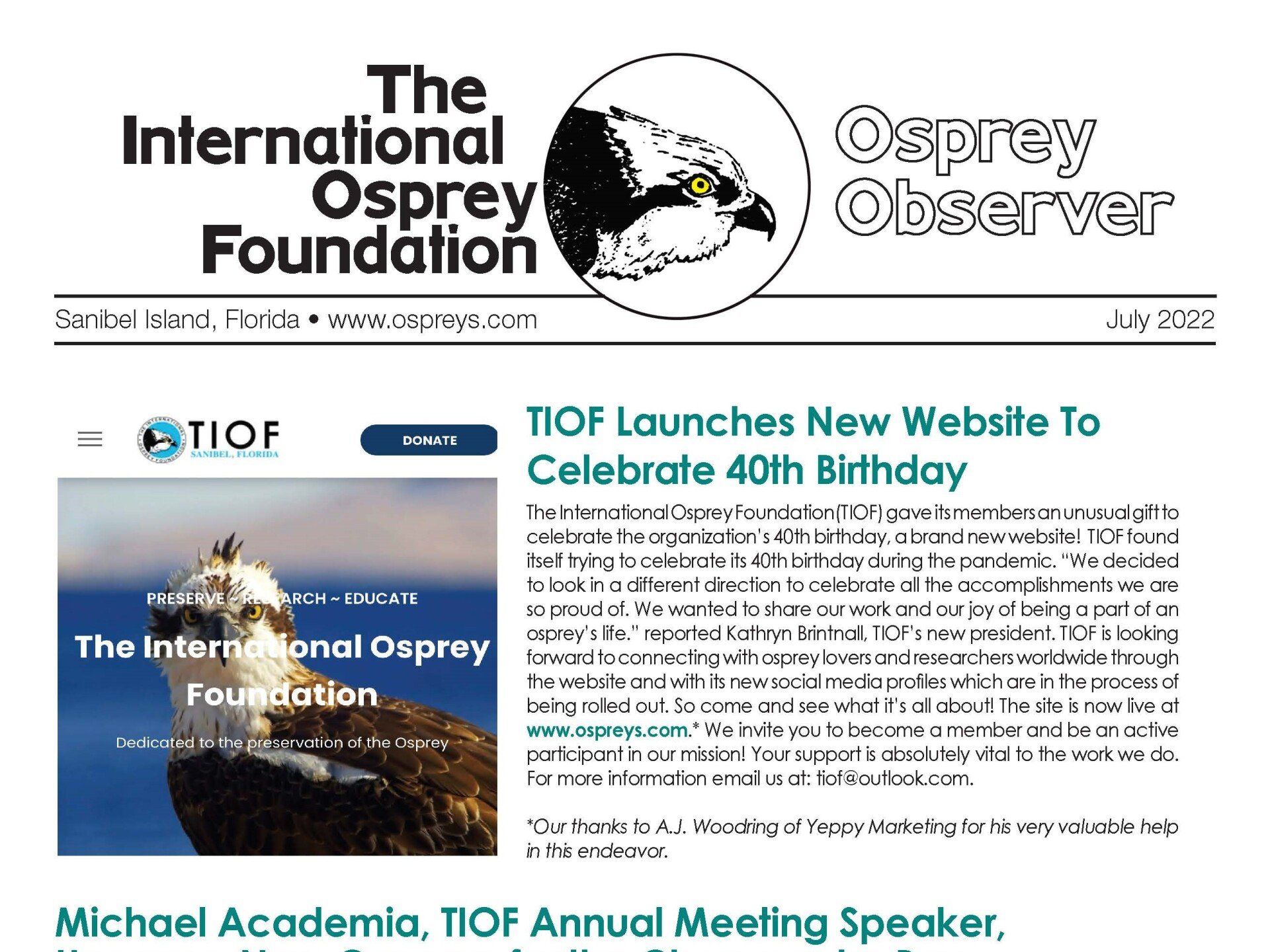Aika Billheimer preparing for a nest mapping trip
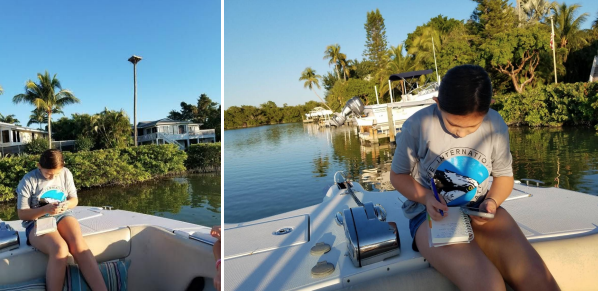
(photo by Dan Billheimer)
THE INTERNATIONAL OSPREY FOUNDATION April 4, 2020
by Kathryn Brintnall, Board Member, The International Osprey Foundation
“Notebook and pen, check.”
“Water, check” “Smart-phone with map app, check” “TIOF uniform T-shirt, check.” “Put more air in my bike tire, check.”
“I’m ready,” called The International Osprey Foundation’s youngest volunteer to her dad as she prepared to help TIOF map all of the osprey nests on Sanibel and Captiva using GPS coordinates. Aika Billheimer is a sixth grader at The Sanibel School. Part of her social studies class requirement was a community service project. TIOF discovered this after a chance encounter with herat the Lighthouse Cafe. She needed a project, and TIOF needed help mapping osprey nests that were not yet located using GPS technology. It was a perfect fit.
TIOF board members Kathryn Brintnall and Jim Schnell met with Aika and her dad in November 2019 to discuss the requirements and timeline. Both parties were enthusiastic and the project was underway. Over the next six weeks, Aika and her dad traveled by boat and bike all over Sanibel and even up as far as Captiva and North Captiva. Taking careful notes, noting nest locations using GPS, and observing osprey nesting patterns. Aika logged over 15 hours for her service project. TIOF will enter her data into the Osprey Watch global database, used by Conservation and regulatory agencies such as Florida Fish and Wildlife to track population trends and inform environmental policy.
Aika also noted that although she catalogued 32 nests, there were not many osprey attending those nests in December. Her observations were more evidence Sanibel has two different populations of osprey, those that live in Florida year round, and those that migrate to South America, arriving back in Southwest Florida in the December through January timeframe.
Aika said she really loved her project because she got to be “out in nature and learn .about ospreys.” She notices them all the time now as she is out and about “on island.” Her favorite times were on her bike and her uncle’s boat checking out nests all over the islands. Aika also had some input for her peers who are more into sports or talking on their phones. “They could also get out into nature, and see how beautiful it is. It would be nice if we had an after-school nature Ccub, too,” she added. “Kids might enjoy taking a tour of some of the nests when there are birds there.”
Brintnall expressed her appreciation of Aika’s work to Charles (Chuck) Villardi, principal of The Sanibel School. She informed him that Aika made a significant contribution to TIOF.
Brintnall also remarked on how important it is that young people engage in meaningful projects that allow them to contribute to real environmental solutions and research at a young age. The collaboration between The Sanibel School and TIOF was just such an opportunity.
Villardi indicated that Aika’s service project was a perfect example of what made him so proud of “his kids,” and their involvement in the community.
TIOF President Susan Tucker said at a recent board meeting, “ We are hoping that a lot more young people will join with TIOF in its mission.”
The International Osprey Foundation’s mission is to preserve, educate the public, and research the lives of ospreys worldwide. Learn more at www.ospreys.com.
Share This Article
